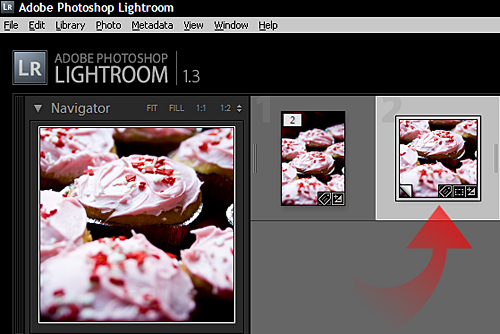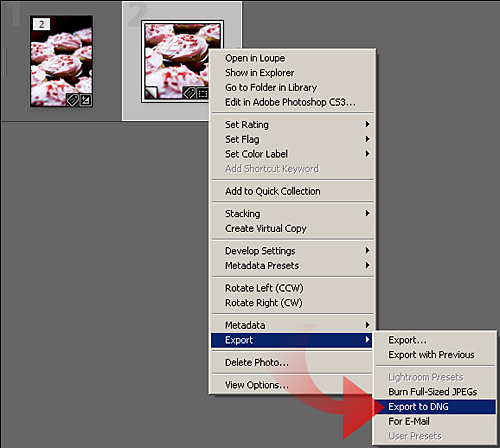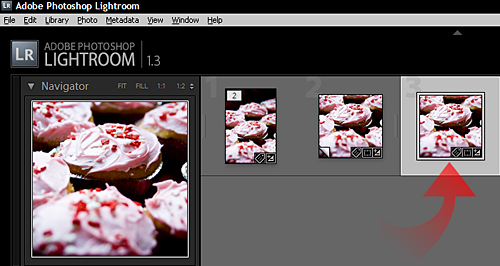We Love Virtual Copes in Lightrroom
My team and I have been leveraging them in our collaborative workflow. We’ll look at how we use virtual copies to not only preview various changes, but commit those changes to a non-destructive file. That file can be shared with or without its associated Lightroom catalog.
We use virtual copies a lot. As a pseudo-derivative file, they’re perfect for testing, experimenting, and analyzing changes without having to commit to anything. But there comes a time where we have to commit to our changes. In a collaborative environment, we have to consider that RAW files and their associated catalogs may not be archived together, or when we want to do a metadata search across all RAW files without using Lightroom search – or without opening a catalog.
The Process Of Making Virtual Copies
First, we make a virtual copy of our source image and make any necessary adjustments. Here we have created a 1 x 1 crop of the source image:

We may go through numerous iteration of the above process until we get an image we are happy with. Once in place, we’ll commit those changes to a non-destructive DNG derivative:

We still keep our virtual copies as they are in the catalog. Although, now we have a physical derivative that can exist outside Lightroom as well:

Virtual Copies For Workflow
We’re finding that Lightroom really plays well with others. As our team passes RAW files and catalogs around while we finalize client images, we have yet to run into any situation(s) where Lightroom won’t bend to our needs. When aiming to work solely in Lightroom before transferring your changes to a non-Lightroom environment, it delivers as expected!


